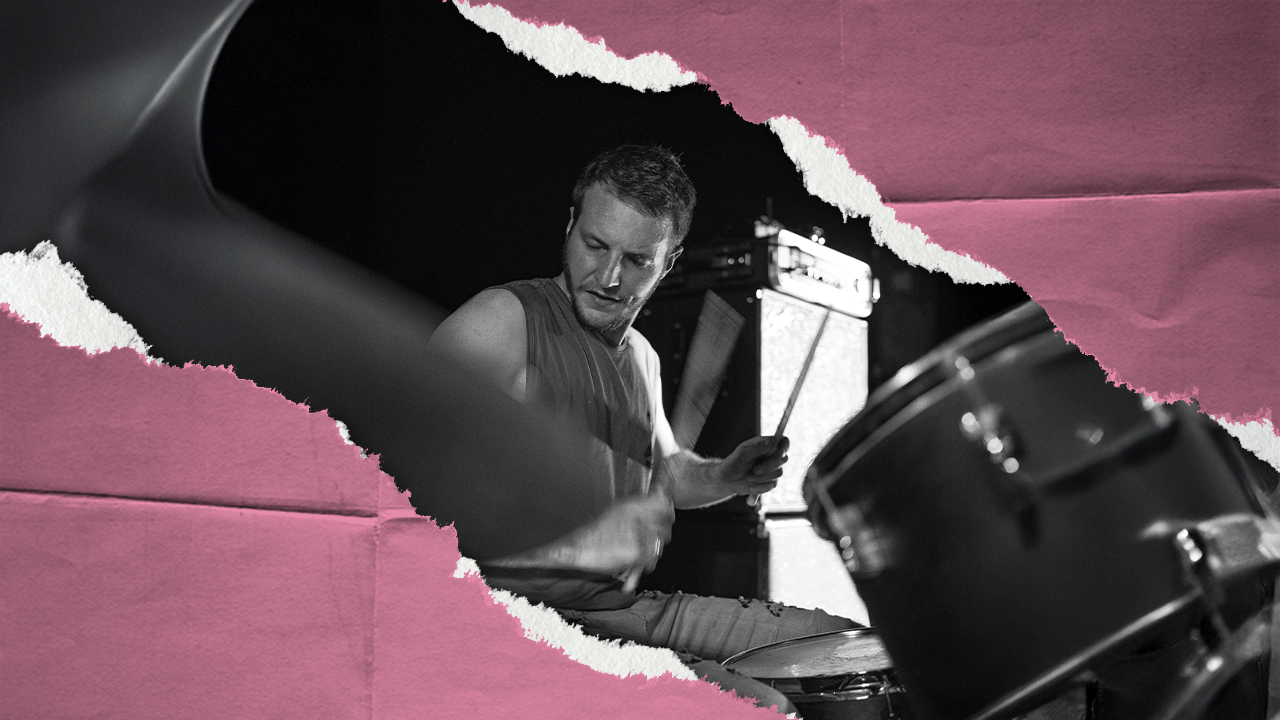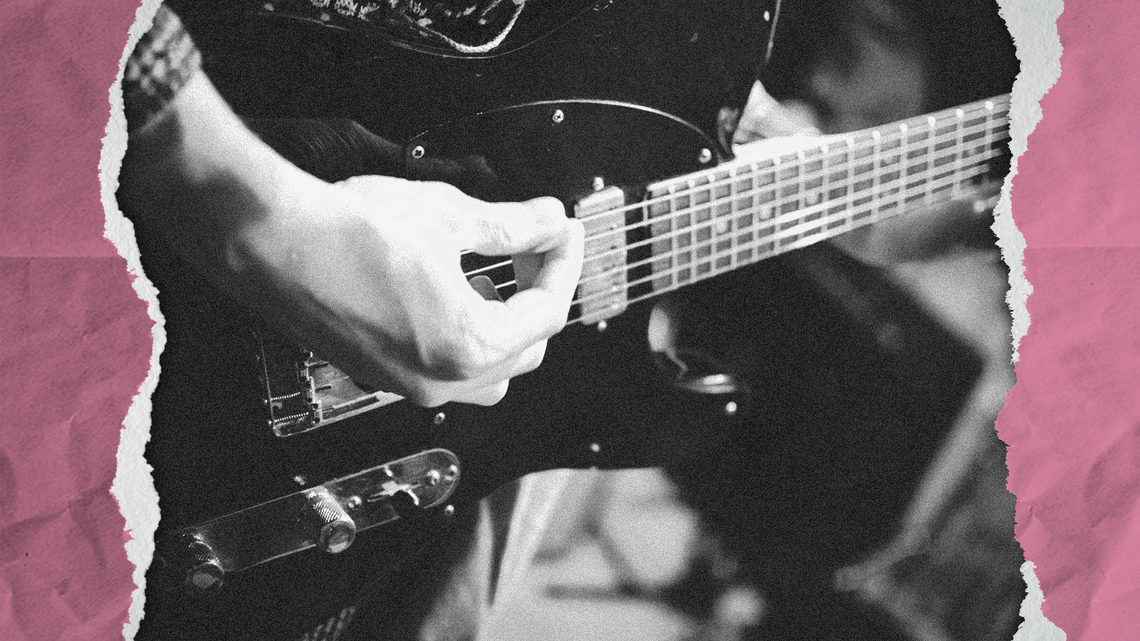Is music about theory or emotion? Explore how timbre bridges the gap between technical skill and raw feeling—and why modern musicians need both.
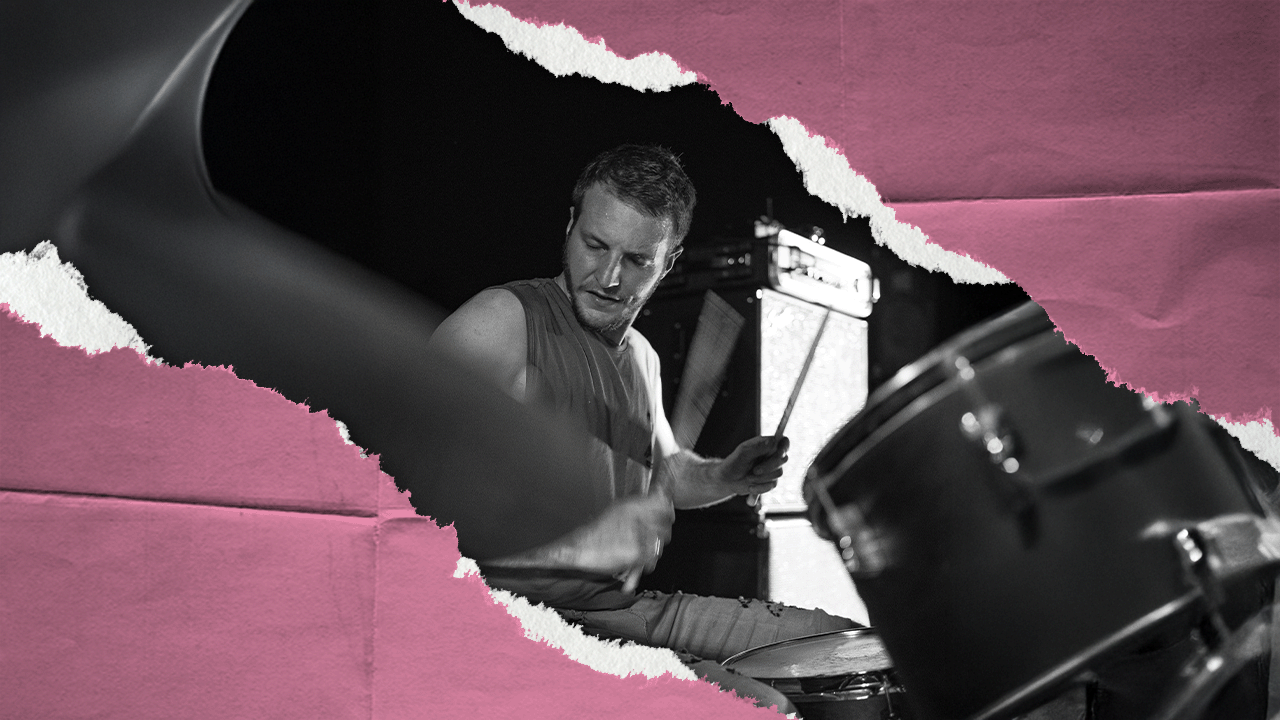
Rediscovering the Emotional Core of Music
Maybe it’s just me, or perhaps it’s the environment I’m in right now—surrounded by incredible musicians, particularly jazz artists—but I’ve found myself getting more into music theory lately. These musicians live and breathe theory, dissecting scales, chord progressions, and harmonic concepts with an intensity I hadn’t fully appreciated before.
Growing up, theory wasn’t my strong suit. I was more of a visual learner—terrible at taking notes, worse at regurgitating information. Memorizing the circle of fifths or drilling scales felt rigid, almost counterintuitive to how I experienced music. And yet, I’ll never deny the importance of theory—it’s the language that helps us navigate, compose, and communicate ideas without getting lost.
But there has always been a fundamental thing that kept bugging me...

The Paradox of Theory vs. Feel
There’s a strange middle ground where theory and instinct collide. Many musicians start by playing purely by feel, then dive deep into theory, only to find themselves overanalyzing every decision—Is this the “right” chord? Am I soloing “correctly”? Eventually, after mastering the rules, they come full circle, bending and breaking them to play with emotion again.
The question is: Why must this be a linear journey? What if we approached music with both theory and feel from the beginning?
Before getting really into it, I should clarify—I’m not criticizing music education as if "feel" is entirely ignored. It is taught, but I believe it deserves the same reverence as theory itself. Imagine if we celebrated emotional intuition as passionately as we drill scales. The goal isn’t to make theorists drop out; it’s to harmonize rigor with play—not just practicing your instrument, but experimenting like a child in a sandbox.
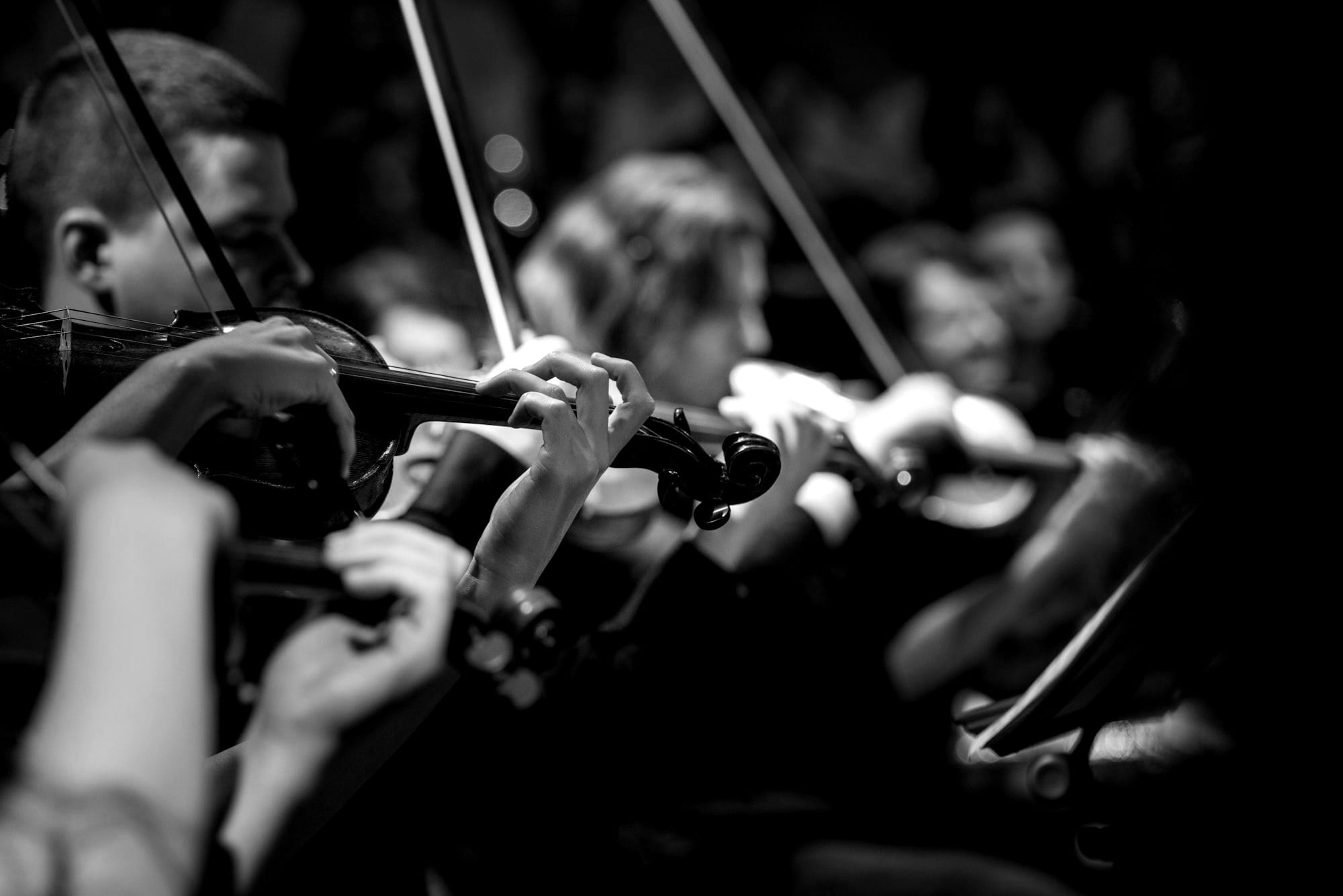
The Power of Musical Timbre
I believe the bridge between these two worlds lies in timbre—the unique color and texture of sound. Timbre is why you recognize a loved one’s voice on the phone without seeing them. It’s why a violin stirs something different in us than a distorted electric guitar. It’s deeply human, an instinctual part of how we interpret the world.
Think of it like color theory in visual art. Sure, there’s science behind how pigments mix, but what really matters is how colors feel—blue evokes serenity, red can mean passion or danger, yellow and red together might make you hungry. Music works the same way. Psychoacoustics and music therapy prove that sound isn’t just notes on a page—it’s emotion, memory, and psychology wrapped into vibrations.
One of the best examples of musical timbre came from my AP Theory teacher from high school, who would play tracks from John Williams’ Star Wars prequel soundtracks at random. He’d ask us to describe what we felt from the music—not just the notes, but the textures, colors, and emotions they evoked.
As a die-hard Star Wars fan, I’d immediately visualize the scenes: "This is when Anakin and Obi-Wan clash on Mustafar!" or "This is the underwater chase to the Gungan City!" (Yeah, I couldn’t live that one down.) But that’s the power of timbre—it didn’t just sound like Star Wars; it felt like being submerged in that world. The swirling strings, the brassy fanfares, the eerie choral hums—each timbral choice transported me beyond theory into pure, visceral storytelling.

The Blueprint vs. The Performance
Those Star Wars tracks prove that sheet music is just a skeleton— this John Williams example shows how he orchestrates the emotion. The same notes could’ve been played on a solo piano, but without the rumbling brass, ethereal choir, or shimmering strings, they’d lose their cinematic magic.
Sheet music is just a blueprint. The real magic happens in how you play it—the grit in your voice, the way you bend a note, the effects you layer onto a synth. We’ve all heard covers where the “right” notes are played, yet something feels missing. Conversely, some performances break every “rule” and still move us deeply.
This is why I love noise music and abstract art—sometimes, rhythm and melody dissolve entirely, leaving only raw texture. If a harsh noise track makes you anxious, that’s the point. The artist isn’t wrong; you’re just feeling exactly what they intended. Or even better, you have your own unique individual reaction to the music that no one else has.
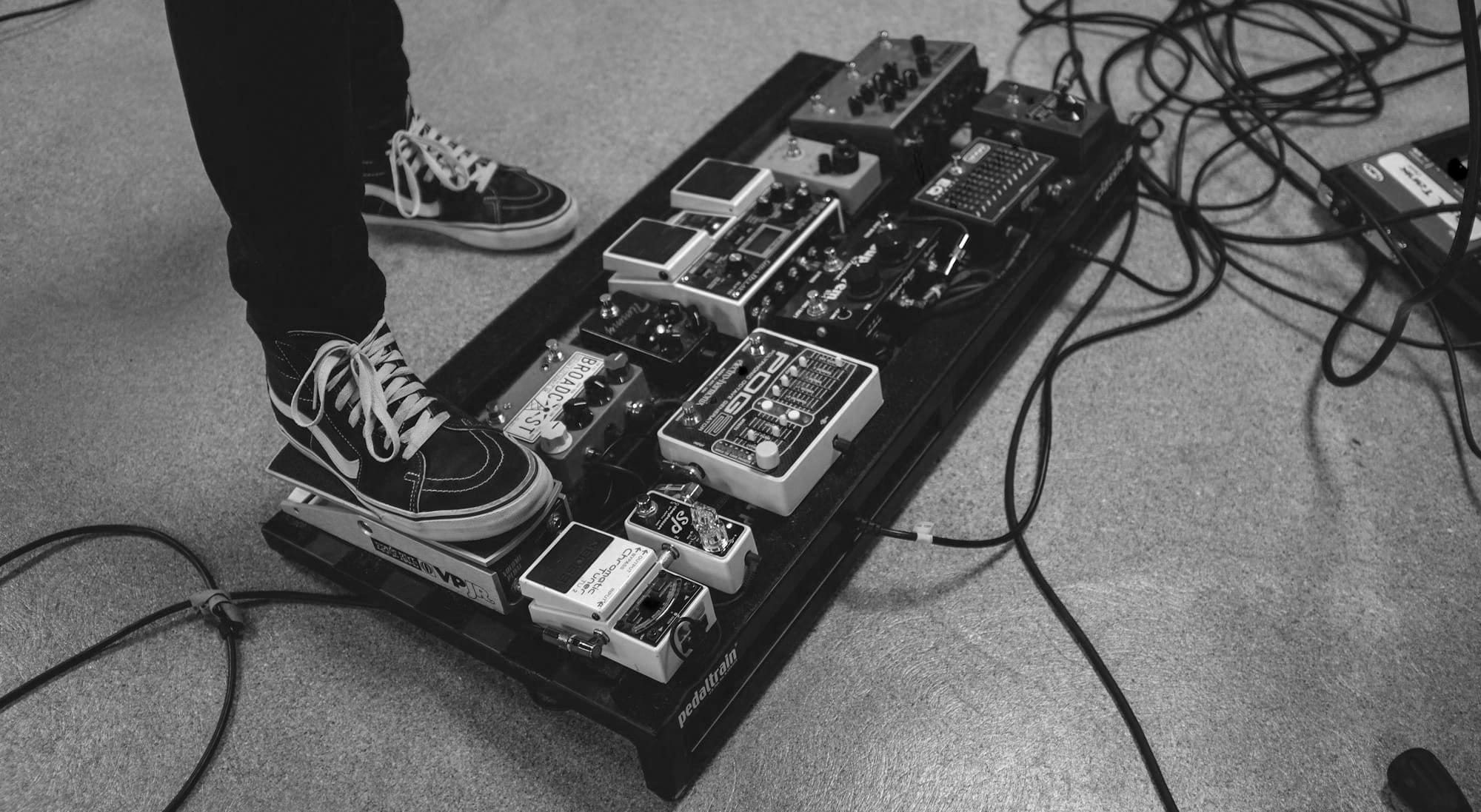
The Golden Age of Sound Design
We’re living in 2025—a time where sound is more malleable than ever. A violin isn’t just a violin; a voice isn’t just a voice. With plugins, effects, and production tools, we can warp, sculpt, and reinvent timbre in ways that would’ve been impossible decades ago. Steve Lacy recorded an entire album on his iPhone using GarageBand—proof that creativity, not budget, defines music.
This accessibility revolution means timbre is no longer locked behind studio gates. A bedroom producer can morph a guitar into a Hot Wheels race track; a vocalist can layer their voice into a comically scary B-Movie choir. Tools like AI stem separation, granular synthesis, and spatial audio plugins aren’t just tricks—they’re new dialects in the language of feel.
As timbre becomes more manipulable, the humanity behind it becomes more precious. That crack in your voice when you sing off-key? The way your fingers fumble a guitar bend? Those imperfections are now deliberate artistic choices, not limitations.
We’re witnessing the rise of "sound signatures" as personal as fingerprints. Artists like 'Arca' or 'Oneohtrix Point Never' don’t just write music—they design sonic ecosystems where timbre is the narrative. Even genres are dissolving: A hip-hop beat might sample a warped lullaby; a folk song might pulse with glitchy artifacts. This isn’t just production—it’s emotional alchemy. When you can make a piano sound like it’s weeping or a synth feel like sunlight, you’re not just playing notes. You’re engineering empathy.

Bringing Feel Back Into Focus
This isn’t just about music—it’s about listening differently. We should practice feeling sound as much as we practice scales. Because music isn’t just a skill; it’s a human experience. So, let’s challenge ourselves to study theory, but don’t let it stifle our instincts. Experiment with timbre—how does distortion change a mood? Reverb? A detuned synth? Listen beyond notes. What’s the emotion behind the sound?
The greatest musicians—many of whom never formally studied theory—understood this. They felt music before they codified it. Now, it’s our turn to bring that balance back. Because at the end of the day, music isn’t just about what you play. It’s about how it makes you—and others—feel.
Do you think that the 'feel' in music should be taught differently today? What was your experience with when you first 'felt' the music? Share your thoughts down below and let me know how you 'feel' music!

